Home>Renovation & DIY>DIY Projects & Ideas>DIY Projects To Do When You’re At Home With Kids
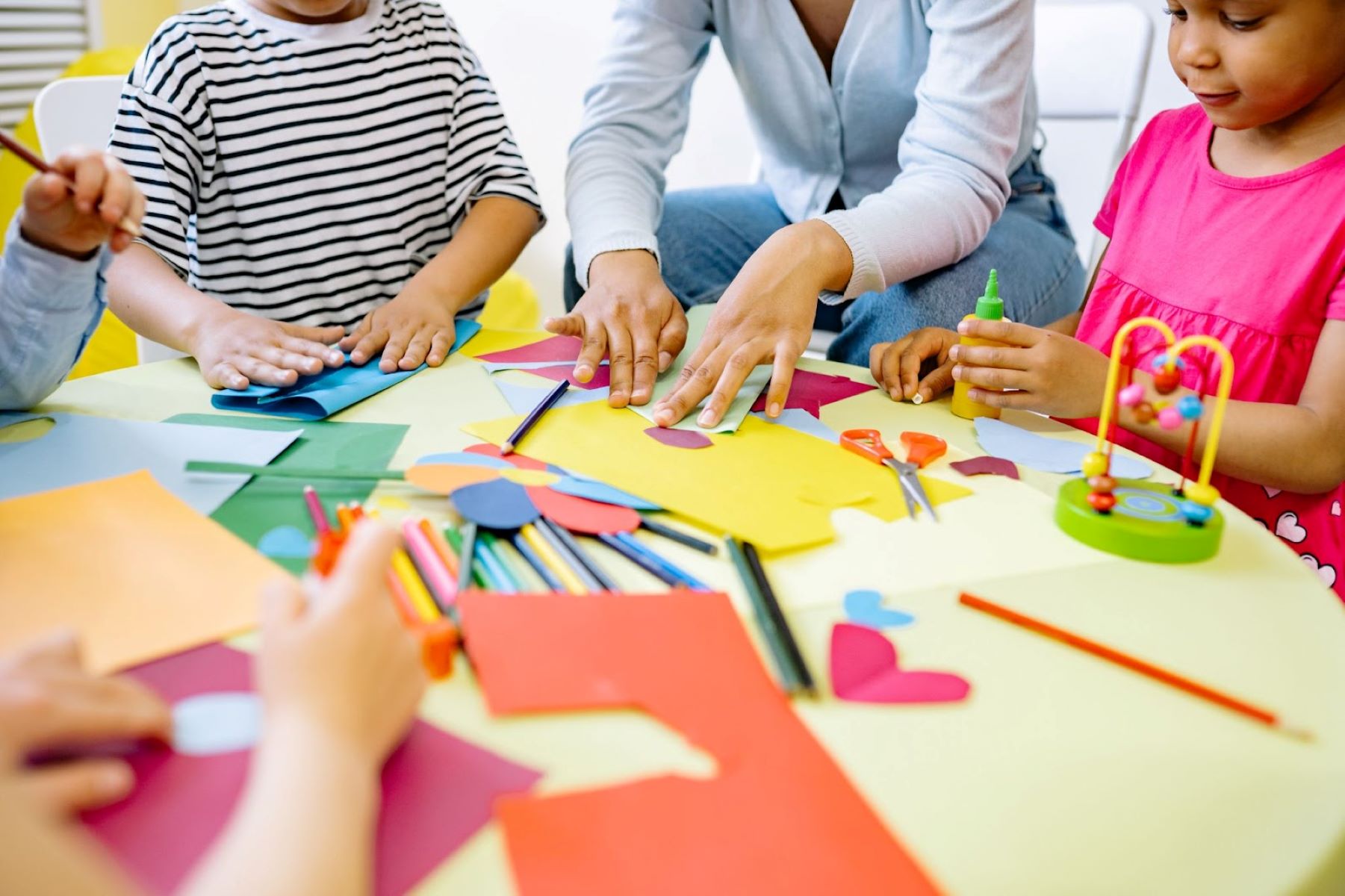

DIY Projects & Ideas
DIY Projects To Do When You’re At Home With Kids
Modified: February 26, 2024
Discover fun and engaging DIY projects and ideas to keep your kids entertained at home. From simple crafts to educational activities, find inspiration for quality family time.
(Many of the links in this article redirect to a specific reviewed product. Your purchase of these products through affiliate links helps to generate commission for Storables.com, at no extra cost. Learn more)
Introduction
As we find ourselves spending more time at home with our kids, it's essential to keep them engaged and entertained. Fortunately, there are numerous DIY projects that can provide endless fun and learning opportunities. From indoor scavenger hunts to creating homemade playdough and building cardboard box creations, these activities are not only enjoyable but also foster creativity and skill development.
In this article, we'll explore ten exciting DIY projects that you can easily undertake with your kids at home. These activities are designed to ignite imagination, encourage teamwork, and create lasting memories for the entire family. So, roll up your sleeves, gather your supplies, and get ready for an adventure in creativity and fun with these fantastic DIY projects!
Key Takeaways:
- Engage in fun and educational DIY projects at home with kids, such as scavenger hunts, homemade playdough, and nature collages, to foster creativity, teamwork, and environmental awareness.
- Create lasting family memories through activities like puppet shows, DIY musical instruments, and family movie nights, promoting storytelling, communication, and emotional bonding.
Read more: Diy Projects To Do When Bored
Indoor Scavenger Hunt
Indoor scavenger hunts are a fantastic way to keep kids entertained while encouraging them to think critically and work together. To begin, create a list of items commonly found around the house, such as a spoon, a book, a stuffed animal, or a particular color object. You can also include riddles or clues to add an extra layer of excitement.
Divide the kids into teams or let them participate individually, providing each with a copy of the scavenger hunt list. Set a time limit and let the hunting begin! As they search high and low for the items, their observational skills and creativity will be put to the test. Once the items are found, gather together to discuss their findings and share the joy of the hunt.
Indoor scavenger hunts are not only entertaining but also promote problem-solving, communication, and teamwork. They can be tailored to suit different age groups and themes, making them a versatile and engaging activity for the whole family.
Homemade Playdough
Creating homemade playdough is a delightful and sensory-rich activity that children of all ages can enjoy. Not only is it a fun and creative process, but it also provides a fantastic medium for imaginative play and artistic expression. To make homemade playdough, you will need simple kitchen ingredients such as flour, salt, water, cream of tartar, and vegetable oil.
Invite the kids to join in the fun by measuring and mixing the ingredients, allowing them to experience the joy of hands-on creation. They can also add food coloring to the dough, transforming it into vibrant, personalized shades. As they knead and shape the playdough, they will enhance their fine motor skills and unleash their imagination.
Homemade playdough encourages open-ended play, enabling children to mold, sculpt, and design to their heart’s content. It can also be used with various tools and accessories, fostering creativity and sensory exploration. Whether they’re crafting miniature sculptures or role-playing with their creations, homemade playdough provides endless entertainment and learning opportunities.
Additionally, this activity offers a valuable lesson in resourcefulness and the joy of crafting something from scratch. It’s a wonderful way to bond with your kids while engaging in a hands-on, educational, and entertaining DIY project.
DIY Bird Feeder
Creating a DIY bird feeder is a fantastic way to connect with nature and instill a love for wildlife in children. This project combines creativity with compassion as kids learn about the importance of caring for and observing local bird species. To get started, gather simple materials such as pinecones, peanut butter, birdseed, and string.
Begin by tying a piece of string to the top of a pinecone, forming a loop for hanging. Next, generously spread peanut butter over the surface of the pinecone, ensuring that it is well coated. Then, roll the pinecone in birdseed, pressing gently to help the seeds adhere to the peanut butter. The result is a delightful and edible bird feeder that can be hung from a tree branch or garden hook.
As they create their bird feeders, children will develop fine motor skills and learn about the dietary needs of birds. They can also observe different bird species visiting the feeder, providing an opportunity for birdwatching and learning about local wildlife. This project fosters a sense of responsibility and empathy as kids take on the role of caring for their feathered friends.
DIY bird feeders also offer an excellent opportunity to discuss the importance of conservation and the impact of human actions on the environment. By attracting and providing for local birds, children gain a deeper understanding of the interconnectedness of all living beings and the significance of preserving natural habitats.
Overall, creating a DIY bird feeder is a wonderful way to engage kids in a hands-on, nature-focused project that promotes empathy, environmental awareness, and a sense of stewardship for the world around them.
Cardboard Box Creations
Cardboard box creations offer a world of imaginative possibilities, allowing children to transform simple materials into extraordinary inventions, structures, and playthings. With an ample supply of cardboard boxes in various sizes, along with art supplies such as markers, paint, and glue, kids can unleash their creativity and engineering skills.
Encourage children to envision and design their cardboard creations, whether it’s a spaceship, a castle, a robot costume, or a mini city. They can use scissors to cut and shape the boxes, decorating them with colorful designs and embellishments. The process of planning and constructing their cardboard masterpieces fosters critical thinking, spatial awareness, and problem-solving abilities.
Cardboard box creations also promote sustainable and eco-friendly play, as they encourage the reuse and repurposing of materials that might otherwise be discarded. This presents an excellent opportunity to discuss the importance of recycling and upcycling, instilling a sense of environmental responsibility in children.
Furthermore, engaging in imaginative play with cardboard box creations sparks storytelling, role-playing, and collaborative activities. Children can bring their creations to life through dramatic play, fostering social and emotional development as they interact and collaborate with siblings or friends.
At the end of the day, cardboard box creations offer a boundless canvas for creativity, innovation, and hands-on exploration. They empower children to see the potential in everyday materials and to transform their ideas into tangible, awe-inspiring creations.
Puppet Show
Hosting a puppet show is a delightful and imaginative activity that allows children to express themselves, develop storytelling skills, and engage in creative performance. To begin, gather basic materials such as socks, felt, googly eyes, yarn, and craft glue to create a cast of charming characters.
Encourage kids to design and craft their puppets, providing them with the freedom to explore various shapes, colors, and personalities. This process not only enhances their fine motor skills but also sparks their imagination as they bring their puppet characters to life.
Once the puppets are ready, children can create a simple stage using a large cardboard box or a makeshift theater using a blanket draped over a clothesline. They can design the set, write a script, and rehearse their performances, fostering creativity, literacy, and public speaking skills in the process.
Hosting a puppet show also offers an excellent opportunity for family bonding and collaboration. Children can work together to create a cohesive storyline, assign roles, and practice their lines, promoting teamwork and communication. Family members can become the audience, enjoying the imaginative and often humorous performances.
Through the puppet show experience, children not only express themselves creatively but also gain confidence in presenting and storytelling. They learn to captivate an audience, express emotions through their characters, and embrace the magic of theatrical expression.
Overall, hosting a puppet show is a wonderful way to encourage imaginative play, creativity, and collaboration while providing an avenue for children to explore the art of storytelling and performance in a fun and engaging manner.
Get creative with simple materials like cardboard, paper, and paint to make DIY forts, puppet theaters, or even a mini-golf course at home. It’s a fun way to bond with your kids and keep them entertained.
Nature Collage
Creating a nature collage is a fantastic way for children to connect with the natural world while engaging in a hands-on artistic endeavor. This activity encourages kids to explore their surroundings, appreciate the beauty of nature, and express their creativity using found materials.
Begin by taking a nature walk with the kids, whether it’s in your backyard, a local park, or a nature trail. Encourage them to collect a variety of natural items such as leaves, flowers, twigs, and pebbles. As they gather these materials, they will develop an appreciation for the diversity and intricacy of the natural world.
Once they have gathered an assortment of natural treasures, provide them with a sturdy backing such as cardboard or thick paper, along with glue and markers. Invite the children to arrange and glue their natural findings onto the backing, creating a collage that showcases the beauty and textures of the outdoors.
Creating a nature collage not only nurtures artistic expression but also promotes sensory exploration and fine motor skills. Children can experiment with patterns, textures, and compositions, enhancing their spatial awareness and creativity in the process.
Furthermore, this activity offers an excellent opportunity to discuss the significance of nature conservation and the importance of preserving the environment. It fosters a sense of stewardship and environmental awareness as children engage with the natural materials and reflect on the beauty of the world around them.
Ultimately, a nature collage serves as a tangible and artistic expression of a child’s connection to the natural world, celebrating the wonders of nature and fostering creativity, mindfulness, and environmental consciousness.
DIY Musical Instruments
Engaging in the creation of DIY musical instruments is a wonderful way to inspire a love for music and creativity in children. This hands-on activity allows kids to explore sound, rhythm, and the principles of acoustics while crafting their own unique instruments using household items.
Start by gathering a variety of materials such as empty containers, rubber bands, paper towel rolls, rice or beans, and craft supplies like markers, paint, and stickers. With these items, children can unleash their imagination and invent a diverse array of musical instruments.
For instance, an empty oatmeal container can be transformed into a drum by stretching a piece of fabric or paper over the top and securing it with a rubber band. Paper towel rolls can become simple flutes, while rice-filled plastic bottles make delightful shakers. Encourage kids to decorate and personalize their instruments, fostering a sense of ownership and pride in their creations.
As they experiment with their DIY instruments, children gain an understanding of sound production and the fundamental concepts of pitch and rhythm. They can explore the different tones and timbres produced by their creations, fostering an appreciation for the diversity of musical expression.
Engaging in a DIY musical instrument project also encourages children to explore their creativity, innovation, and resourcefulness. It provides an opportunity to discuss the cultural and historical significance of music and musical instruments, offering a window into the rich tapestry of human creativity and expression.
Ultimately, creating DIY musical instruments is a harmonious blend of artistic expression, scientific exploration, and musical discovery. It fosters a love for music, ignites creativity, and provides an enriching and entertaining avenue for children to engage with the world of sound and rhythm.
Storytime and Bookmaking
Storytime and bookmaking offer an enriching and imaginative experience that nurtures a love for storytelling, literacy, and artistic expression in children. This activity not only encourages creativity but also provides a platform for children to become authors and illustrators of their own tales.
To begin, set the stage for a cozy and inspiring storytime session. Gather a selection of books that resonate with the children, and encourage them to share their favorite stories and characters. Engage in a lively discussion about the elements of a compelling narrative, such as characters, setting, and plot, fostering critical thinking and literary appreciation.
Following the storytime session, invite the children to embark on their own storytelling adventure by creating and illustrating their books. Provide them with blank sheets of paper, art supplies, and writing materials. Encourage them to craft their stories, complete with illustrations that bring their narratives to life.
Storytime and bookmaking not only ignite a passion for storytelling and literacy but also foster creativity, imagination, and self-expression. Children have the opportunity to become the architects of their own narratives, exploring their unique perspectives and imaginative worlds.
Furthermore, this activity promotes the development of essential literacy skills, from writing and illustrating to sequencing and storytelling. It encourages children to express their thoughts and emotions through words and art, nurturing their communication abilities and self-confidence.
Engaging in storytime and bookmaking also provides an opportunity for children to share their creations with family and friends, fostering a sense of pride and accomplishment. It encourages a love for reading and storytelling, instilling a lifelong appreciation for the magic of books and narratives.
In essence, storytime and bookmaking offer a delightful and educational experience that celebrates the joy of storytelling, fosters creativity, and empowers children to become authors and illustrators of their own literary adventures.
Read more: Understanding Your Home’s Circuits
Sensory Bins
Sensory bins are a captivating and immersive way for children to explore their senses and engage in hands-on, sensory-rich play. These tactile experiences provide opportunities for children to discover, investigate, and learn through their senses, promoting cognitive, emotional, and physical development.
To create a sensory bin, start with a shallow container or tray, such as a plastic storage bin or a large baking dish. Fill it with a base material that offers sensory stimulation, such as rice, dried beans, kinetic sand, or water. Then, add a variety of objects and materials that invite exploration, such as scoops, measuring cups, small toys, natural materials, and textured items.
As children dive into the sensory bin, they engage in open-ended play, using their hands and senses to explore the textures, shapes, and properties of the materials. This hands-on exploration fosters fine motor skills, hand-eye coordination, and cognitive development as they manipulate and interact with the contents of the bin.
Sensory bins also provide a calming and soothing experience, offering a space for children to relax, focus, and engage in mindful play. The tactile sensations and repetitive movements can have a grounding effect, promoting emotional regulation and sensory processing.
Furthermore, sensory bins cater to a wide range of interests and themes, from nature-inspired bins featuring leaves and pinecones to themed bins based on seasons, animals, or sensory materials. This versatility allows children to explore diverse concepts and interests while engaging in sensory-rich play.
Engaging in sensory bin play also encourages language development as children describe their sensory experiences, discuss the properties of the materials, and engage in imaginative play scenarios. It provides an avenue for communication, storytelling, and vocabulary enrichment.
Overall, sensory bins offer a multi-faceted and enriching play experience that fosters sensory exploration, fine motor development, emotional regulation, and imaginative discovery. They provide a dynamic and engaging way for children to learn and grow through hands-on, sensory-focused play.
Family Movie Night
Family movie night is a cherished tradition that brings loved ones together for an evening of entertainment, bonding, and shared experiences. It provides an opportunity for families to unwind, connect, and enjoy the magic of storytelling through the cinematic lens.
To create a memorable family movie night, begin by selecting a film that appeals to all family members. Consider classic favorites, animated adventures, or heartwarming tales that resonate with different age groups. Set the stage by creating a cozy viewing area with blankets, pillows, and dim lighting to enhance the ambiance.
Prior to the movie, engage in a fun and collaborative activity such as preparing homemade popcorn, creating a DIY concession stand with snacks and drinks, or crafting movie-themed decorations. This collaborative preparation fosters teamwork, creativity, and excitement as everyone contributes to the movie night experience.
As the movie begins, encourage family members to immerse themselves in the storytelling, sharing laughter, gasps, and emotional moments. After the movie, engage in a lively discussion about the plot, characters, and themes, encouraging everyone to share their thoughts and perspectives.
Family movie night provides an avenue for shared experiences and meaningful conversations, fostering communication, empathy, and connection among family members. It offers a platform for discussing important themes and life lessons depicted in the film, promoting critical thinking and emotional intelligence.
Furthermore, family movie night offers a break from everyday routines and a chance to create lasting memories. Whether it’s through laughter, tears, or moments of suspense, the shared experience of watching a film together strengthens family bonds and creates a sense of togetherness.
Ultimately, family movie night is a heartwarming and enjoyable tradition that celebrates the joy of storytelling, fosters family unity, and provides a space for relaxation, laughter, and shared enjoyment. It’s a time-honored ritual that creates cherished memories and strengthens the familial bond through the magic of cinema.
Frequently Asked Questions about DIY Projects To Do When You're At Home With Kids
Was this page helpful?
At Storables.com, we guarantee accurate and reliable information. Our content, validated by Expert Board Contributors, is crafted following stringent Editorial Policies. We're committed to providing you with well-researched, expert-backed insights for all your informational needs.
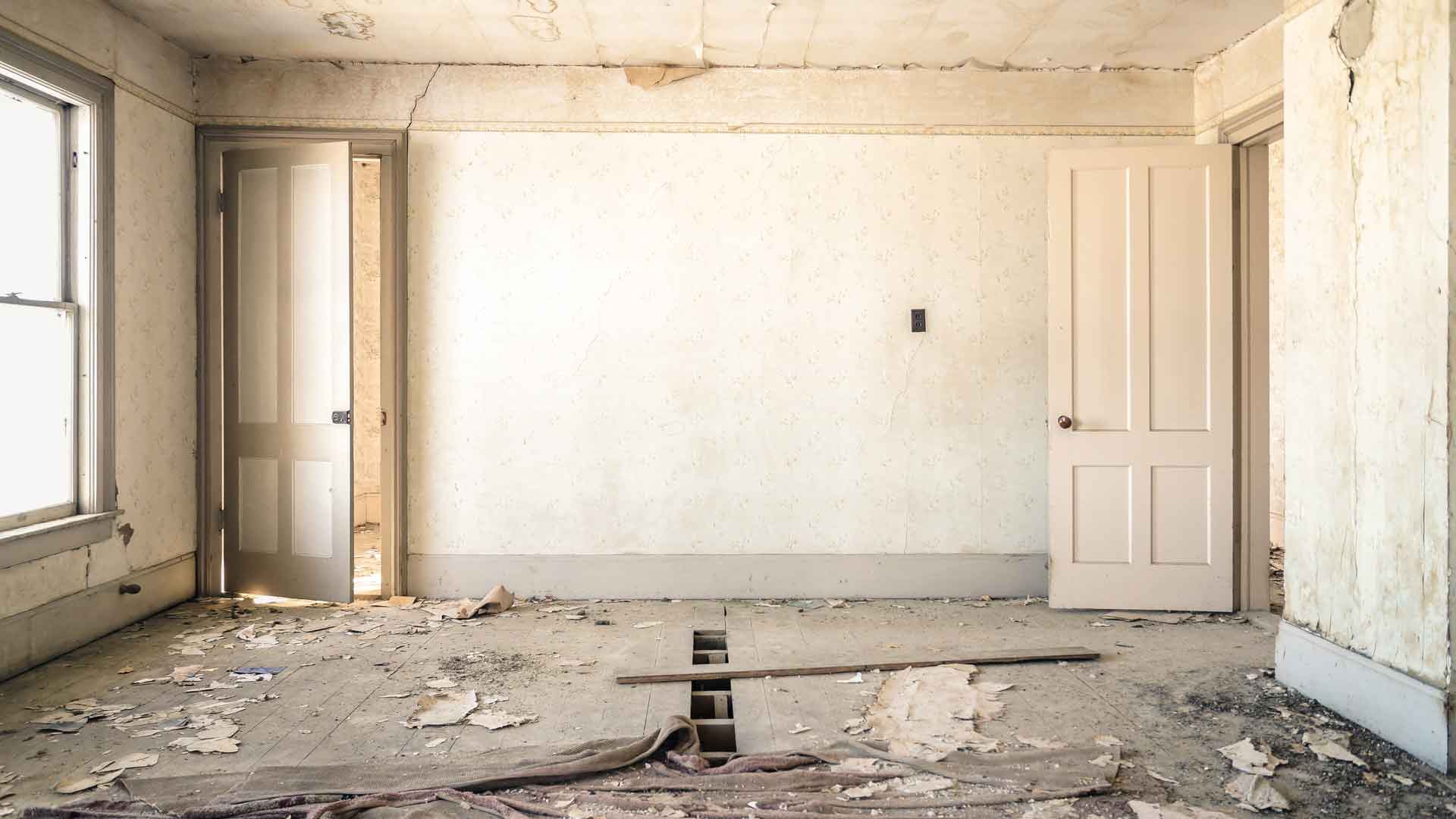

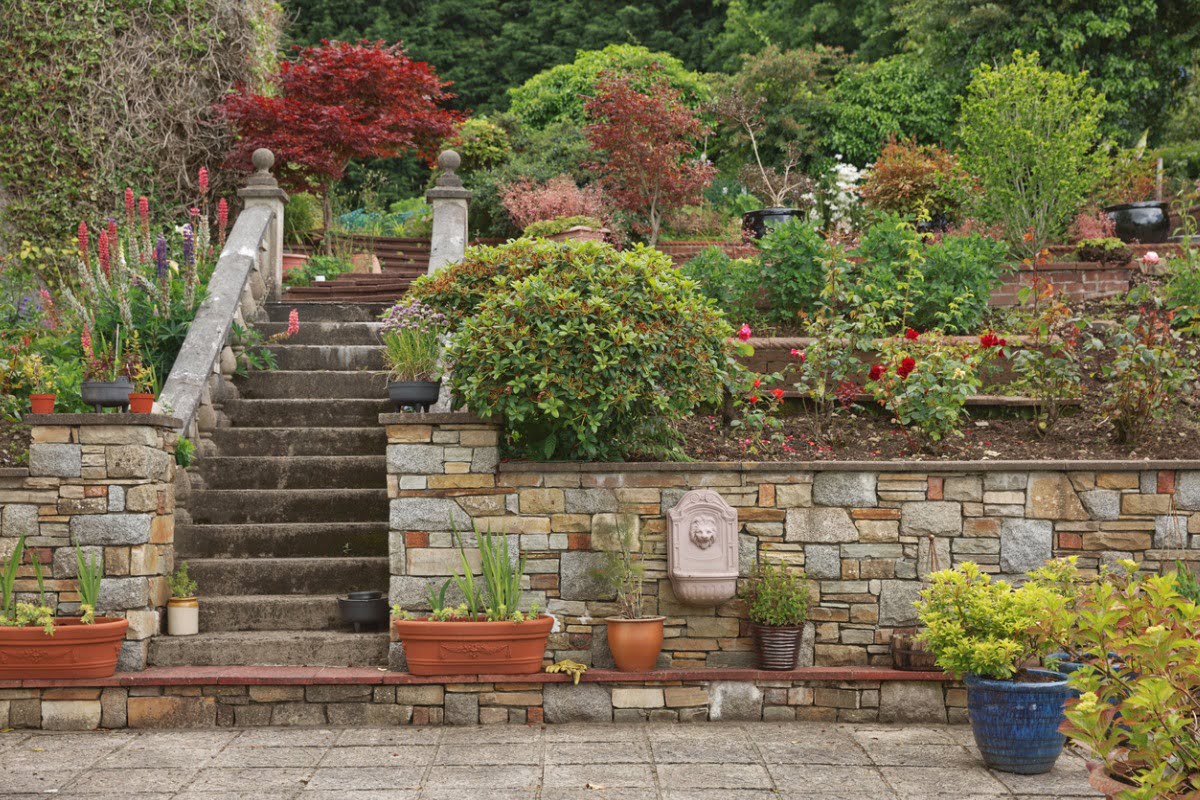
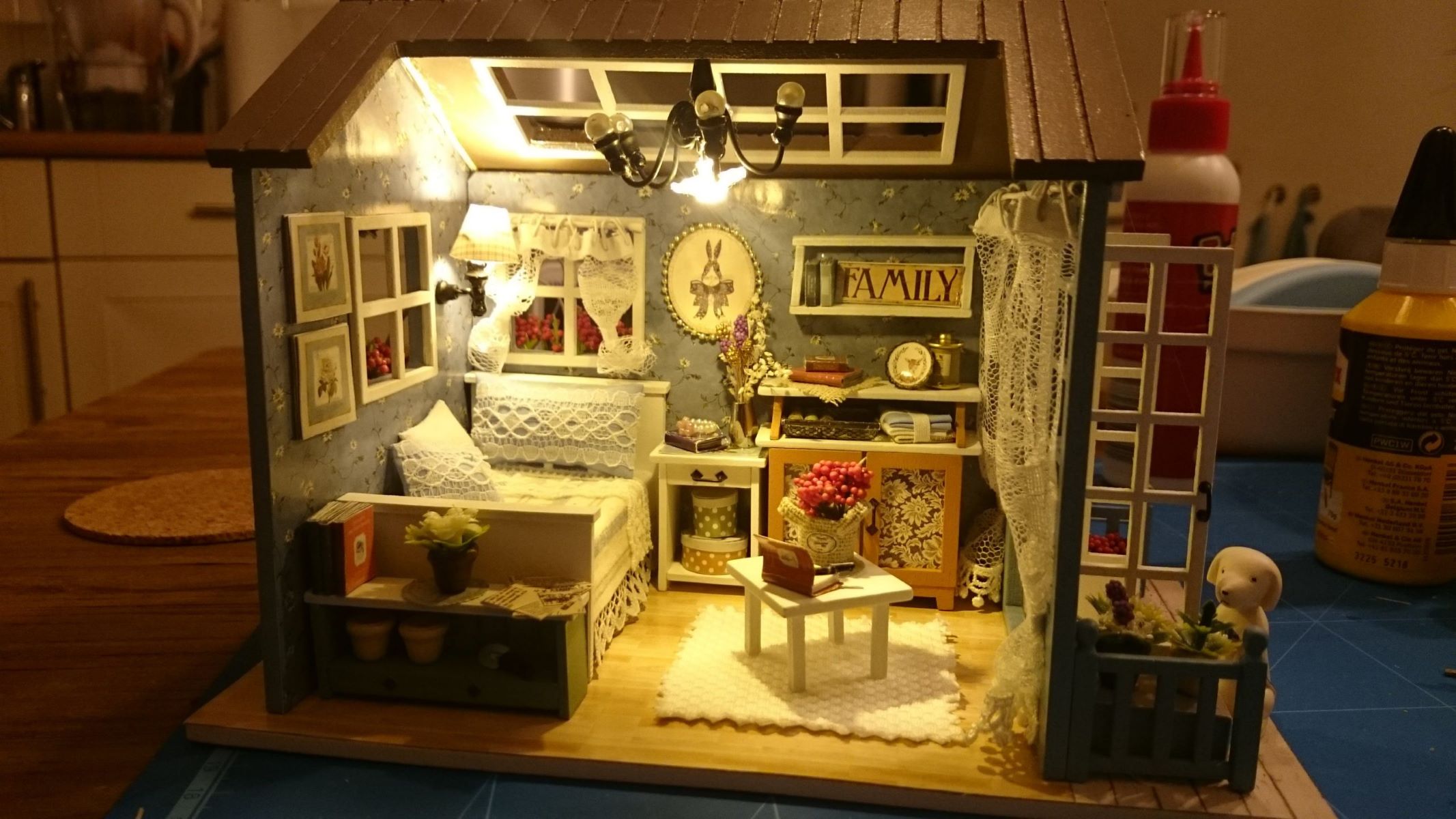
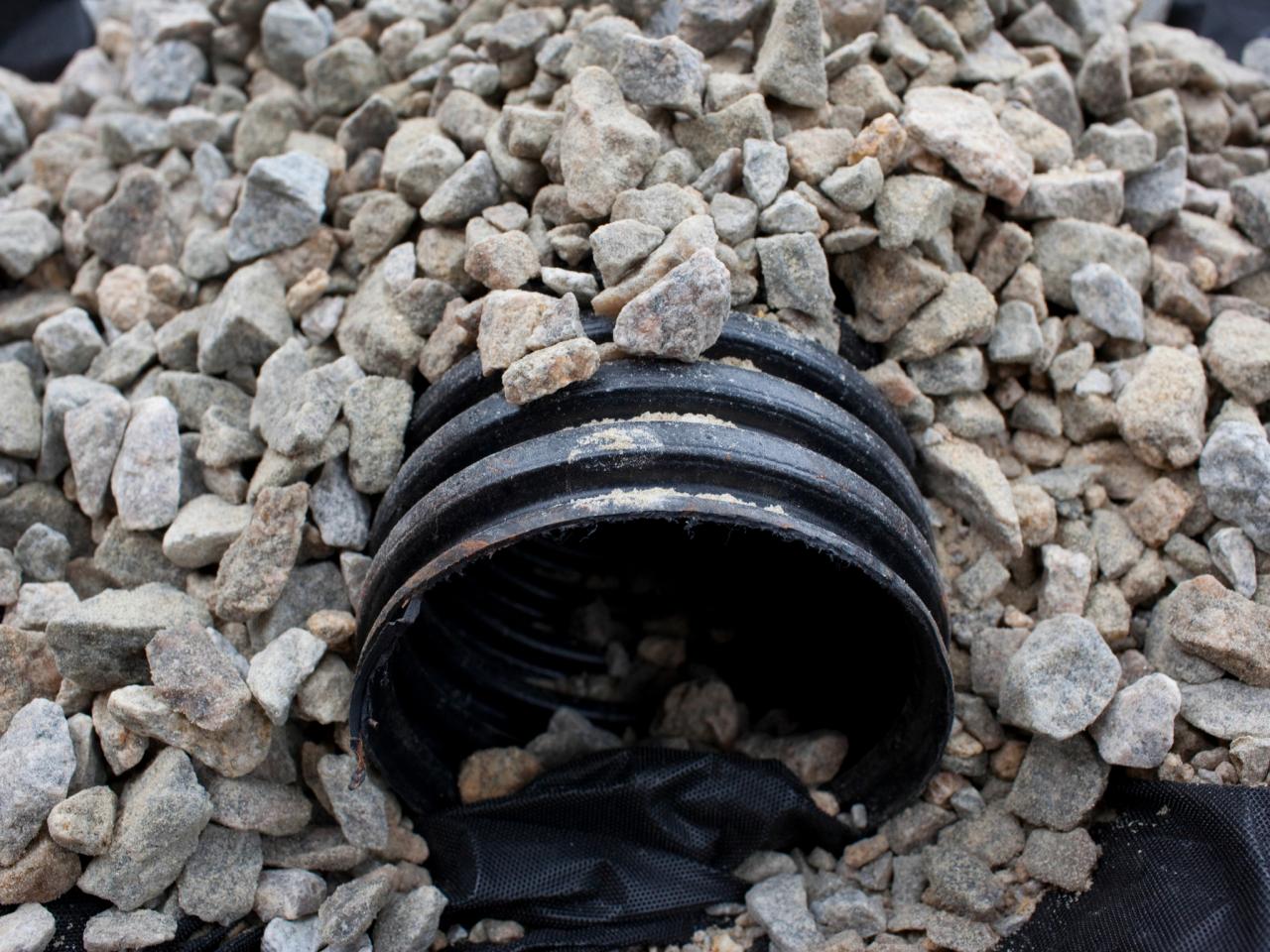
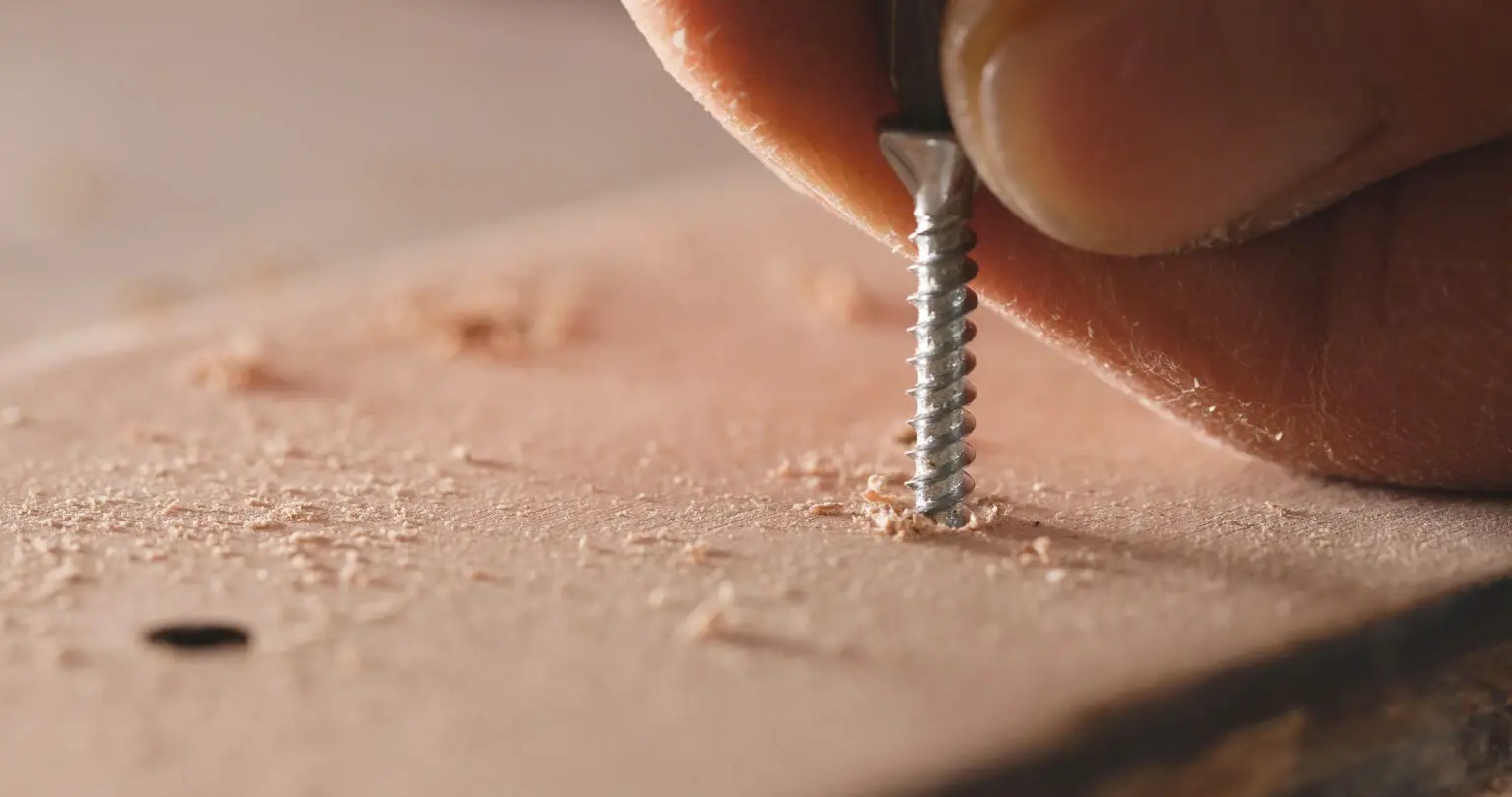
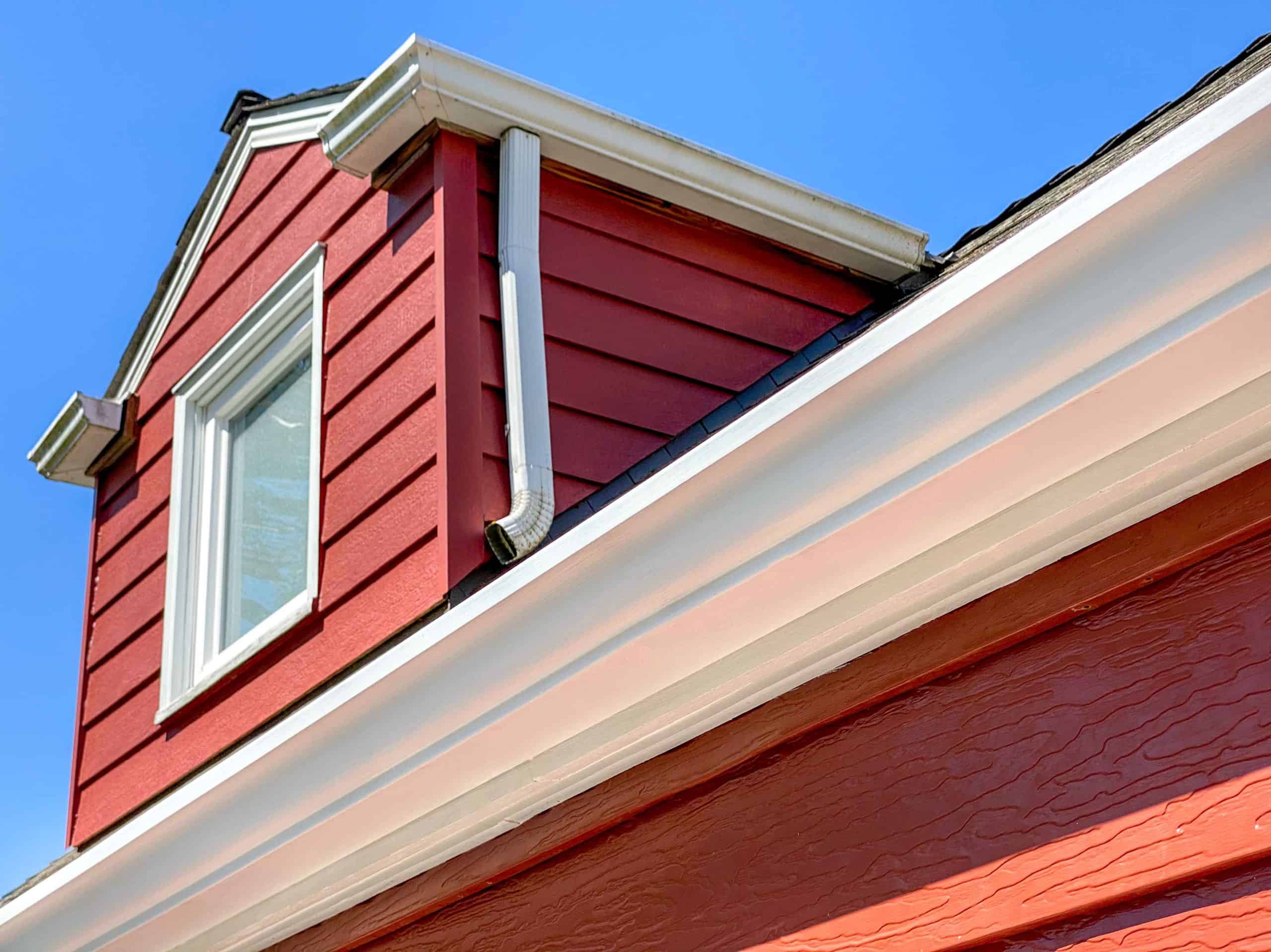
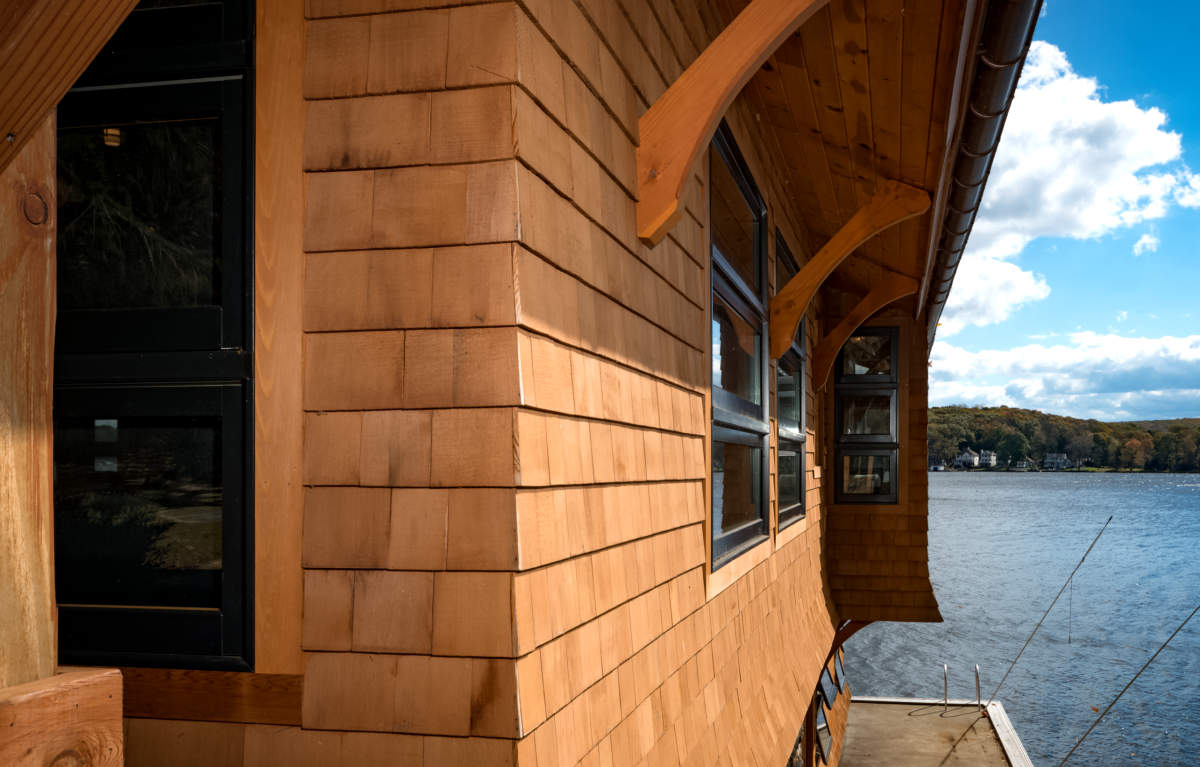
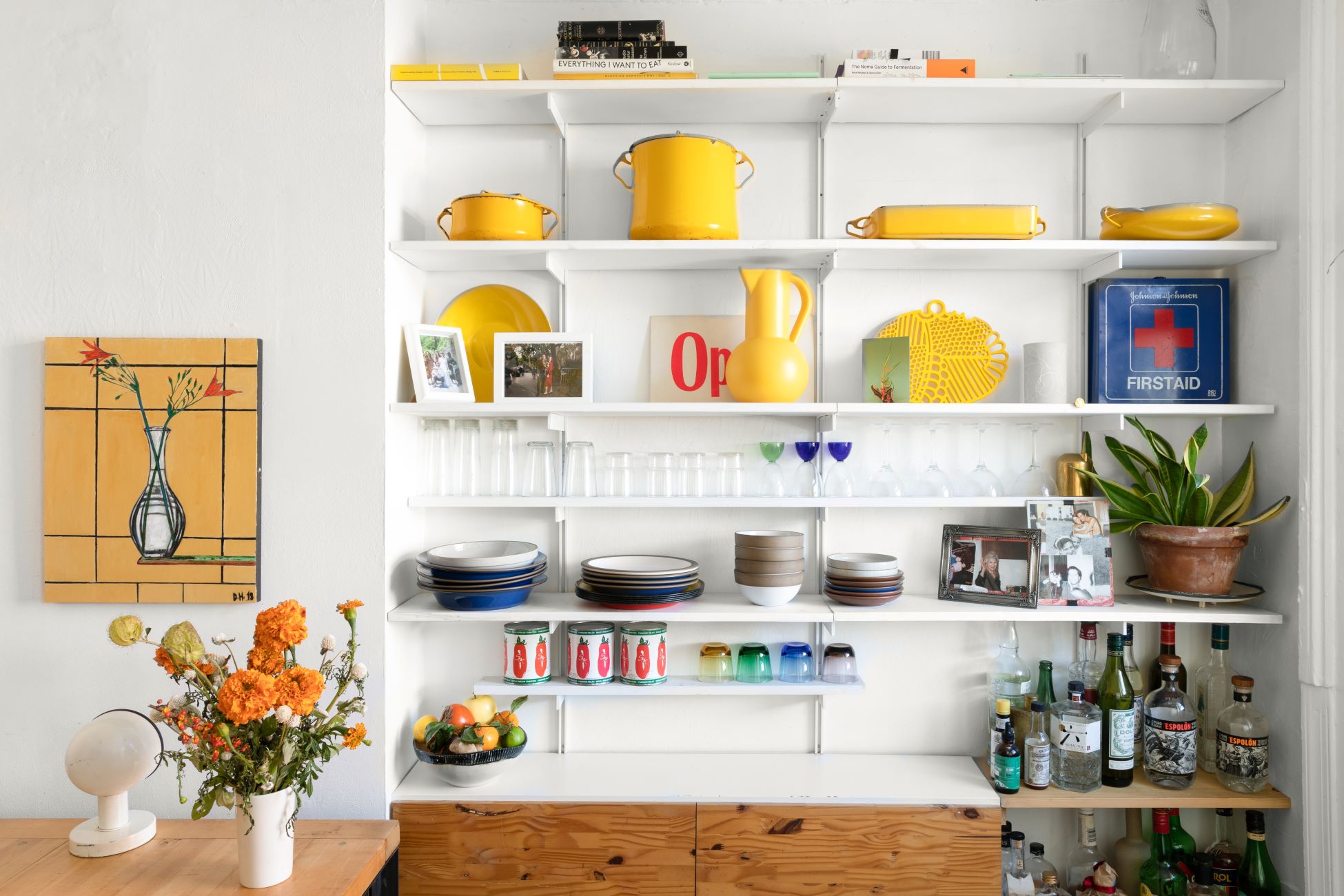
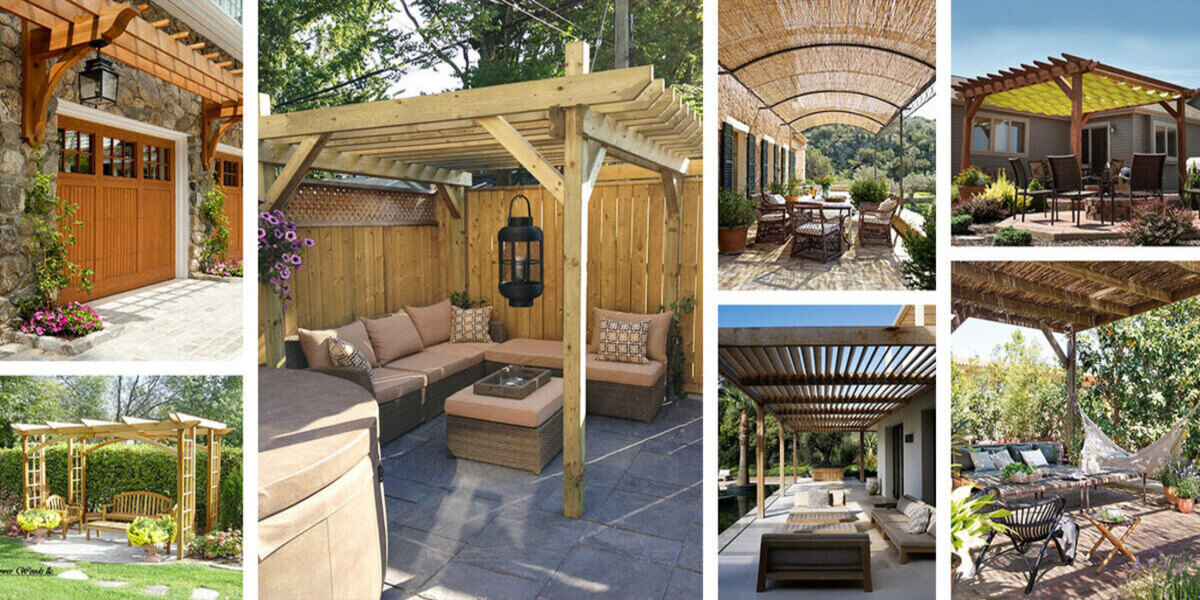
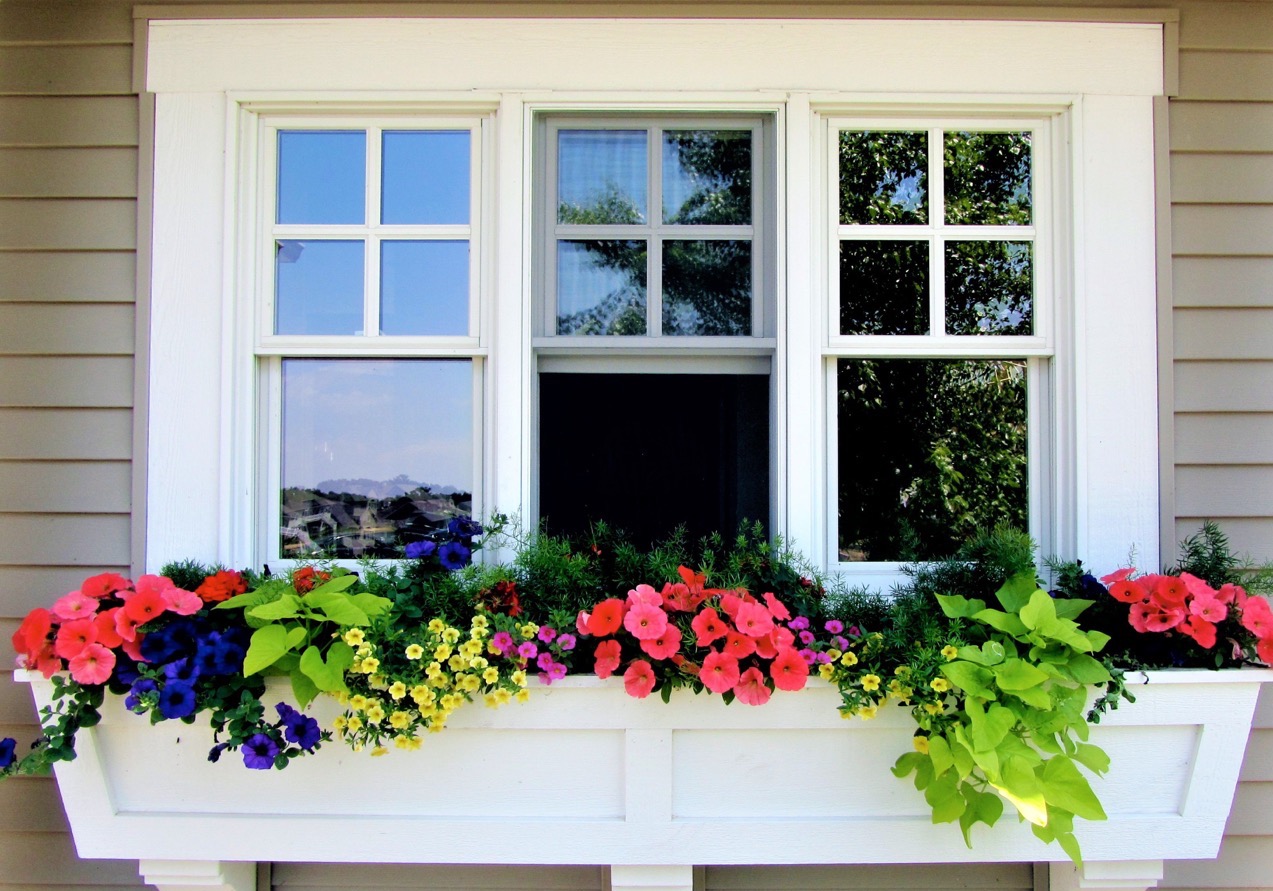
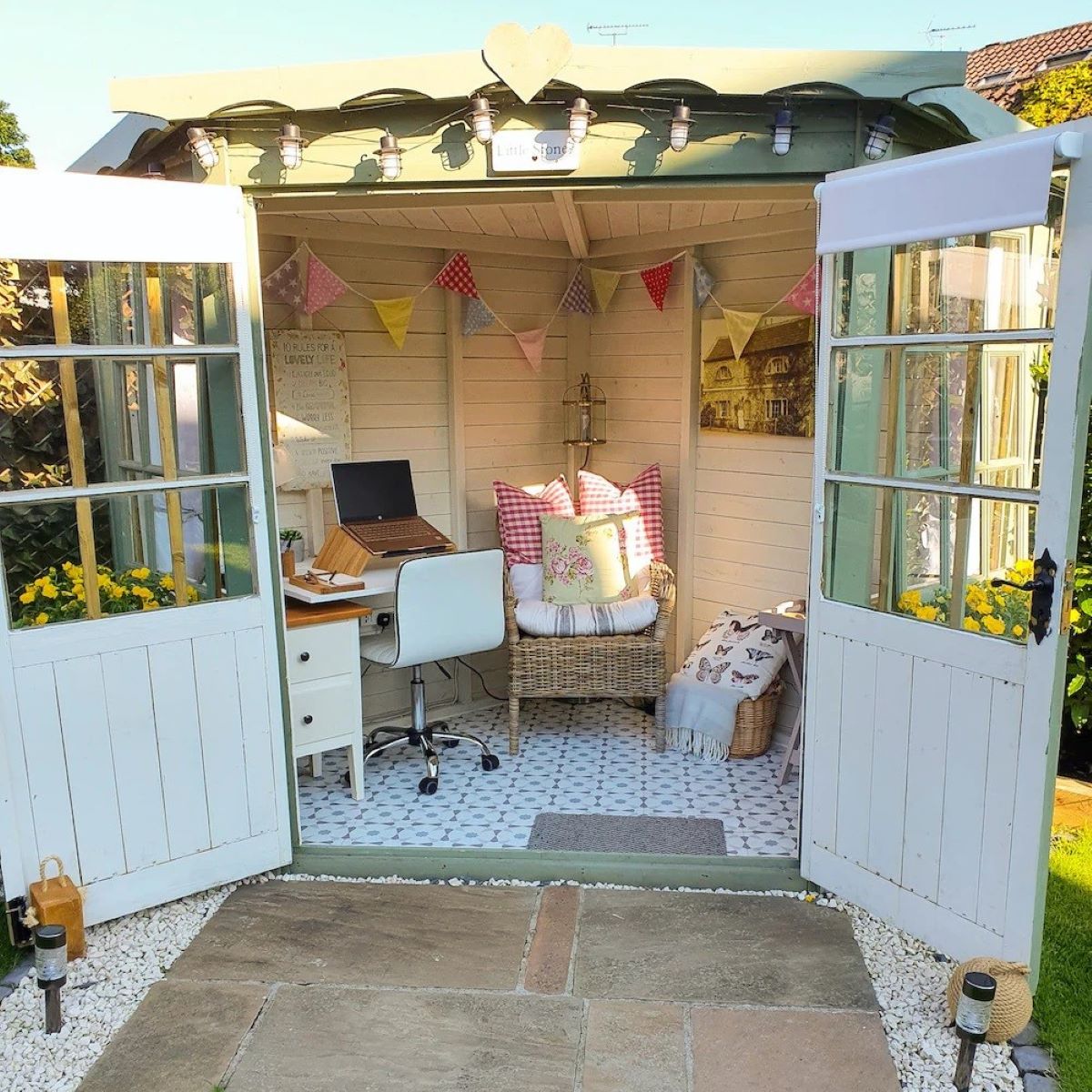


0 thoughts on “DIY Projects To Do When You’re At Home With Kids”